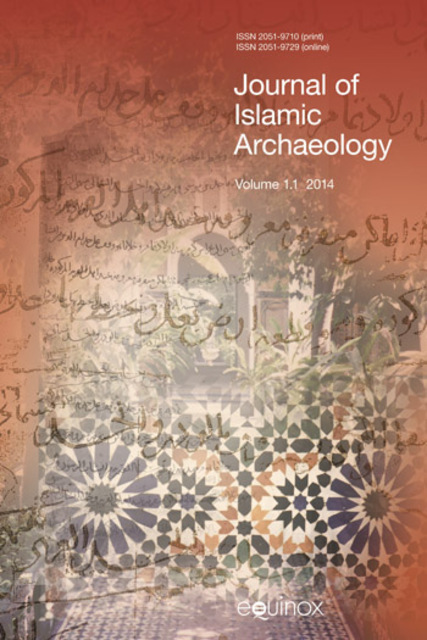JIA/Mitigating Water Scarcity in the Medieval and Islamic Periods: The Example of Safed, Israel

Full description
During the intermediate Islamic period, the settlement of Safed was transformed from a small unknown village in Upper Galilee to an important stronghold and administrative center, aggravating the problem of the town’s water supply. Lacking natural springs, Safed depended on cisterns fed by gutters that channeled seasonal rainwater from the roofs and on distant springs in the Nahal Amud ravine. As the town’s population grew, its rulers were required to install public water systems. Our field study of the region reveals several Mamluk water systems whose outstanding features are an aqueduct that channeled water by force of gravity from 'Ayn Biriyya to the Crusader/Mamluk citadel in Safed, and a spring tunnel flowing beneath the town that was accessible via shafts in the houses. The composition of the water in the tunnel is similar to that of a famous ritual bath in one of these houses, indicating a probable connection. The water systems were dated using Uranium-Thorium analysis and by radiocarbon dating. An ancient spring tunnel at the nearby site of 'Ayn al-Zaytun that may have inspired the construction of Safed’s water systems is also discussed. The archaeological finds and dating are consistent with several historical sources describing the construction of water systems in Safed.
- typeImage
- created on
- file formatjpg
- file size135 KB
- container titleJournal of Islamic Archaeology
- creatorYinon Shivtiel; Amos Frumkin; Miriam Bar-Matthews
- issn2051-9729 (Online)
- issue8.2
- publisherEquinox Publishing Ltd.
- publisher placeSheffield, United Kingdom
- rights holderEquinox Publishing Ltd.
- doi
We use cookies to analyze our traffic. Please decide if you are willing to accept cookies from our website. You can change this setting anytime in Privacy Settings.
